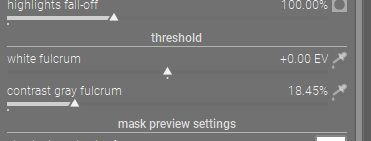Hi @priort and @wpferguson ,
there is a new version of my script, you can find it attached. In the end, this script executes some automatic functions that can also be accessed via the GUI (click the magic wands).
With Darktable 4.2, this script has been accelerated. It uses the new “pixelpipe-processing-complete event”. It should be about twice as fast (less thread.sleep()).
From now, the white balance is only adjusted by default for the modern workflow of Darktable. The script distinguishes between modern and legacy workflow and keeps white balance unchanged by default, if using legacy workflow.
It was a little bit difficult to figure out how to do this: dt.preferences.read(“darktable”, “plugins/darkroom/chromatic-adaptation”, “string”). The documenation points to another way: “The name of the preference displayed in the preference screen”, I assumed “auto-apply chromatic adaptation defaults”.
I am looking forward to your comments 
InitialWorkflowModule.zip (4.9 KB)
Best Regards,
Uli.
by the way: Many thanks to all developers of DT! For me it is one of the most exciting software projects and I am very happy that DT exists! It’s open source, it runs on Linux, it’s always evolving, it can be automated and so on - and I have nicer pictures  . Thank you very much!
. Thank you very much!
